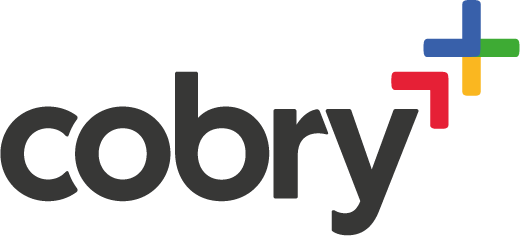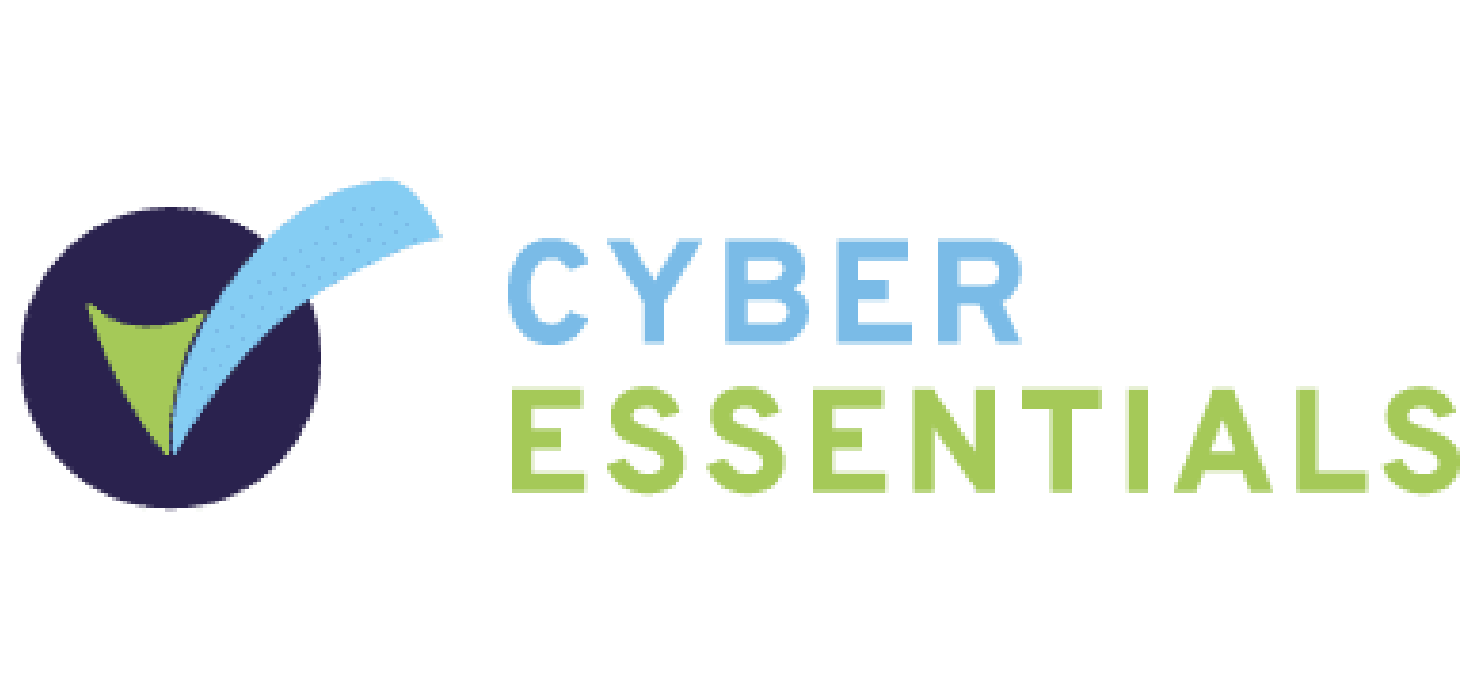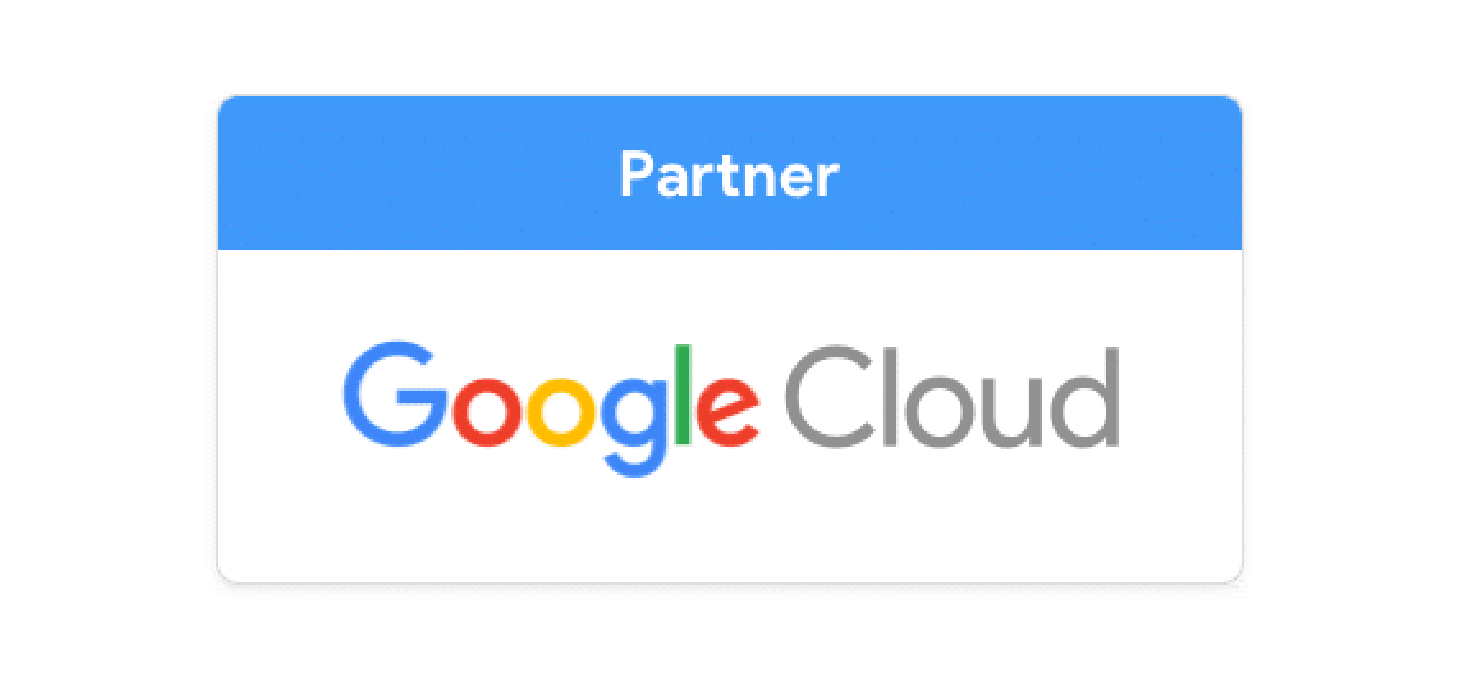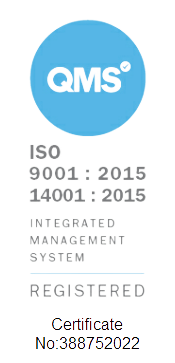There are many BI and data platform options out there: PowerBI, Looker, and Tableau are among the most popular. In this article, we cover the main reasons why organisations choose Looker and not the others.
1. The Architecture
Looker is 100% web-based, just like the other Google Tools. The lightweight, 100% web-based nature means there's no need for client software installation, reducing IT overhead and simplifying updates or upgrades. It also connects directly to your data warehouse - there are no steps between Looker and BigQuery, or Snowflake. This can be particularly beneficial for organisations with a diverse or remote workforce, as it allows easy access from any web browser. Other tools, such as Tableau or Power BI, have web-based capabilities but also rely on desktop applications for certain functionalities, which might require more significant setup and maintenance efforts. Web-first means:
- There's no software to manage your IT department.
- There's no chance of two people being on different, incompatible versions.
- There's no on-device processing going on, so there's no need for powerful hardware.
- You can host it wherever you want - you can get Google to host it for you, have it running on-premises, or host it using your own cloud.
- Direct connection to your cloud data warehouse means insights are always as fresh as you need them.
2. Data Integration and Activation
Organisations also love Looker due to its alerting engine. Looker's alerting system allows users to set customized thresholds for data metrics. When these thresholds are reached or breached, Looker can send notifications directly to users. This feature is deeply integrated into the platform, allowing for real-time monitoring and instant reaction to data changes, as well as programmatic access to the alerts set up by business users. Both Tableau and Power BI offer alerting features, but neither allows programmatic access to the underlying data nor has an API for consuming the alerts by a downstream service.
Say you wanted your ad campaign spending to surge by 20% when your active user count drops below a certain threshold. You could do that with Looker but not the others. Or, let's say you'd like to call an API to create a JIRA ticket based on a reported value, you can totally do that.
In short, the alerting engine allows you to:
- Create programmatic actions based on your underlying data.
- Create high-level reverse ETL processes.
- React to data changes in real-time.
3. The Modelling Layer
This is very much the flagship feature: LookML, Looker's modelling layer. LookML is a version-controlled declarative modelling language for SQL. It's a central place that converts database-speak to business-speak. It uses software development best practices, so it's version-controlled and allows for feature branches and tests to run so that a metric definition doesn't break reports. DRY principles are woven into the fabric of Looker
Consider a scenario where you want to share a specific measure from one data model in a dashboard or file to another dashboard associated with a different data model in Power BI. In this case, you would need to recreate the same measure in the second dashboard or file, as Power BI does not inherently support direct measure transfer between different data models.
On the other hand, Looker's architecture is designed for 100% reusability across different dashboards and data models. This means that once you create a measure or a data model in Looker, it can be effortlessly integrated or reused in any other dashboard or model within the platform. Moreover, Looker also allows you to pull in data from various models, adding to the flexibility and efficiency of dashboard creation.
Basically, you create your data definitions once and then share them everywhere, as opposed to Power BI, where you might find yourself repeatedly recreating the same definitions. This not only saves time but also enhances visibility and consistency, as Looker’s code-based environment and GIT integration allow for full visibility into what has been developed, something that can be challenging to track in Power BI.
Say one developer creates a chart in one file or dashboard, and another developer works on a second chart in a different dashboard or file, there's no straightforward way to merge these features. In Power BI, you might find yourself needing to manually recreate these features to have them consistent across both files, as it doesn't support simultaneous work on the same file by multiple developers. This lack of collaborative functionality can lead to inefficiencies in the development process.
Looker also automatically pulls schema metadata from your data warehouse, so when you create your semantic model, it's all tightly integrated with what you've defined in your warehouse.
Fun fact: when Looker first started, it was only LookML. No dashboarding, nothing. Just LookML. Organisations were buying it up, and that's how it all started. LookML truly is the flagship feature, but many organisations see it as a dashboarding tool.
4. API First
Looker's API-first methodology sets it apart in the realm of business intelligence tools. The comprehensive API integration ensures that nearly all aspects of the platform, including the robust, guard-railed data models created in LookML, are readily accessible programmatically. This feature is particularly beneficial for customers aiming to create tailored data experiences. In contrast, other BI tools like Power BI and Tableau have adopted APIs more retroactively after their platforms were already established.
For example, here's an example of a simple script that generates PDFs based on the dashboards you've created and then sends them out to appropriate stakeholders. PowerBI's APIs aren't as comprehensive, and although Tableau's been catching up, some APIs are available on the server version, some on the cloud service, and some behind their data management license. Bit of a headache to get your head around. At the end of the day, the API first methodology:
- Allows you to enrich existing workflows with Looker's Data
- Allows you to programmatically manage your data.
- Allow applications to get real-time access to your underlying data model, as opposed to querying the database directly.
- Allows you to automate key business processes that require on-demand data results.
5. Sharing, Collaboration and Security
Another impressive feature of Looker is its highly granular role management system. While Power BI allows for some customization in user roles, such as determining who can build new content or share it, Looker takes this a step further. In Looker, you have the ability to fine-tune many options around data access and control. For example, you can control data downloading – you can specify exactly who is authorized to download data and how much they're allowed to download.
Additionally, just like we've come to expect in any other Google Tool, sharing and collaboration on the platform is a scoosh. Looker supports sharing with external users, including those with different email domains like Gmail and Hotmail. This makes collaboration with a broader range of stakeholders, including those outside your organisation, nice and easy.
LookML - that underlying data model - also enables better collaboration, but we've already talked about that.
6. Beyond BI!
Looker is a platform, which means extracting value from data doesn't stop at dashboards. Although dashboards are step 1, organisations use Looker to create further value from data that goes beyond dashboards. For example:
BQML: BigQuery has built-in machine learning functionality, and you can use Looker to train, evaluate and infer machine learning models within the platform. People use Looker with BQML to detect fraudulent transactions, forecast time series data, and organise customers in classification groups.
Embedded Dashboards: Anywhere you can place an IFrame, you can place Looker. If you're building a customer portal and you'd like to give the customer an analytics solution, just place Looker into your portal.
Sell your data model: You've put a lot of work into organising, guardrailing and adding a semantic layer to your data. That's valuable. You can monetise that.
Drizly has a great case study about how they used Looker to turn their data into a product. Drizly is an app where you can order items from a shop. You select the items you want, check out, and they get delivered. Turns out, knowing what products get ordered when and where is pretty valuable! They made a product that provides real-time visibility and insights on sales patterns of the 5,000 brands on its platform to suppliers and retailers. Neat!
7. Performance
Last but not least. Looker is the more performant platform, and it all boils down to Point 1 - The Architecture.
Looker offers a more streamlined and efficient process for generating data queries and visualizations compared to Power BI, primarily due to fewer components involved in the query process. In Power BI, when a visualization is created, it generates a DAX (Data Analysis Expressions) query. This DAX query interacts with the data model and then calls upon Power Query, which is responsible for converting the query into SQL. This multi-step process involves DAX, the data model, Power Query, and finally, SQL.
When it comes to Tableau, it allows two different types of connections (live and extract). Extracts are faster, as they're loaded in memory. The more 'extracts' you use, the slower your tableau instance becomes, so it's (usually) recommended to use Live datasets. Live datasets are great and connect right up to your data warehouse, so the speed is more or less equal to that of Looker.
When a visualization is created in Looker, it directly generates SQL queries based on the defined data model. There's no need for an intermediate language or tool like DAX or Power Query. This direct-to-SQL approach in Looker reduces complexity and can lead to faster query processing and a more straightforward user experience.
The key difference lies in the simplicity and directness of Looker's method. By generating SQL queries straight from the data model, Looker bypasses additional layers of query translation and processing. This can result in a more efficient and potentially more intuitive way of handling data queries and visualizations, especially for users familiar with SQL.
Hold on; why wouldn't a business choose Looker?
We've worked with many organisations that chose Looker to power their BI stack, but there are also ones that chose against it. Here are the main reasons why we find organisations not choosing Looker.:
- The price: Looker will never win on price against its competitors. Organisations that choose to use other tooling don't think there will be a realised value on investment.
- LookML: Some see it as a great thing, and some see it as 'an additional thing to learn'. If you don't have someone who can take ownership of creating that underlying data model, you've fallen at the first hurdle.
- Existing tooling: Companies deeply entrenched in a particular ecosystem, such as Microsoft (with Power BI) or Salesforce (with Tableau), will always need more persuading to onboard a system outside of their preferred ecosystem.
- Scope of Business Needs: For some smaller businesses or those with less complex data analytics needs, Looker's extensive capabilities might be more than what's required, leading them to choose simpler, more straightforward tools.
- Bias: Like with every purchasing decision, a decision maker's previous experience dictates a large portion of the decision-making criteria.
If you're evaluating Looker, or want a demo, or want to see the best price you can get on the platform - get in touch, we can do all of the above 🙂







